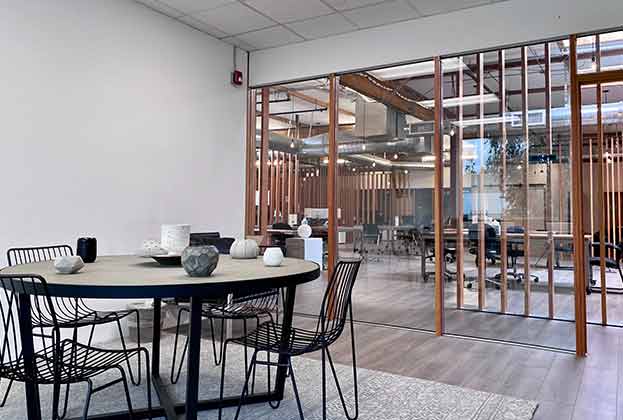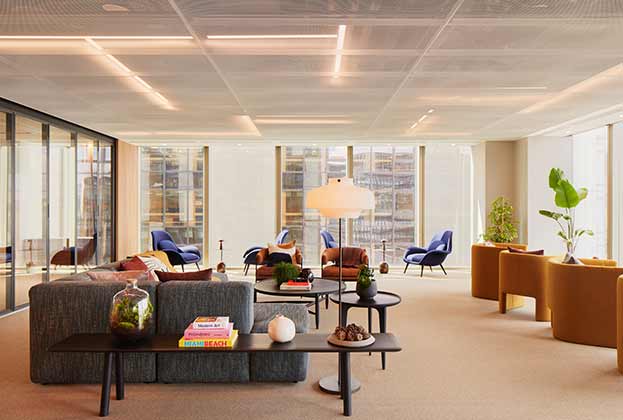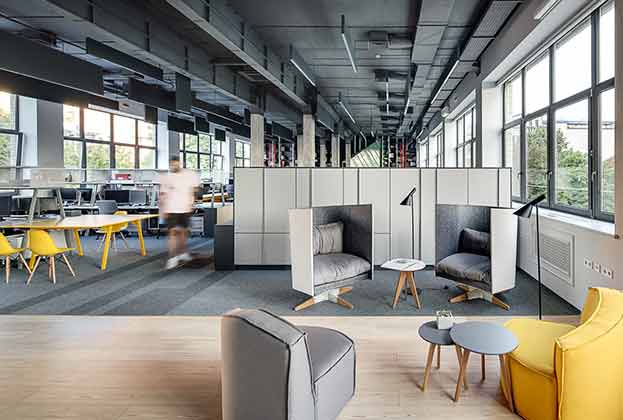Clare Bailey, Director, UK Office Research, Savills, examines why affordable workspace is becoming a vital part of the flexible offering
The availability of affordable and flexible office space is crucial for innovation and growth. With small- and medium-sized enterprises (SMEs) leading much of London’s future innovation and enterprise, the availability of affordable workspaces is key.
The past five years have seen a growing number of local authorities introduce affordable workspace policies in some form, these mostly being aimed at securing subsidised premises from major office schemes, although repurposing older buildings that are already in the right places is a sustainable and cost-effective way to develop.
The Mayor of London’s new London Plan is giving greater significance to the importance of affordable workspaces and the need to provide for it in the planning process. The plan defines an affordable workspace as one where rents are maintained below the market rate for a specific social, cultural or economic development purpose.
Although coming from different price points, what affordable and flexible workspaces have in common is that tenants value co-location with their peers, for the benefits from wellbeing to productivity that this brings. Furthermore, they are physical places where businesses and professionals share space, facilities and/or specialist equipment. Both affordable and flexible workspaces are run by distinct ‘workspace providers’, which vary in size, lease structure, social or commercial purpose, and sector specialism. Both affordable and flexible space removes many of the barriers to collaboration and community presented by a traditional office workspace.
The past five years have seen a growing number of local authorities introduce affordable workspace policies in some form in London, with areas such as Kings Cross, Soho, Victoria and even the Southbank all crying out for more affordable workspace. All these areas have seen the price of a desk within a flexible space grow considerably over the past three years, and even hold firm through Covid-19. However, areas such as the City, Old Street, Aldgate and Hammersmith, where prices have continually struggled over the past 18 months, will likely see the more conventional flex market compete against the growing affordable market, where operators continually seek to offer heavily incentivised pricing in markets with an oversupply of flex space.
Peppercorn rents pave the way for change
Often, affordable workspace operators cannot afford to take on space in new buildings, even with reduced rents. The rent reduction is not enough to offset the increased costs associated with occupying a new building, in particular business rates, service charges and upfront Category B fit-out costs. What’s left is a sizeable ‘affordability gap’ between the rent a developer needs to achieve to maintain overall viability and what an affordable workspace operator can afford.
Islington Council has a unique approach through the planning process to help prevent an ‘affordability gap’. Through its policy, the council negotiates with developers to provide affordable workspace at a ‘peppercorn’ rent for a minimum of 10 years, and sometimes in perpetuity. The provision of these spaces is secured through a Section 106 agreement with the developer. The council then appoints an affordable workspace operator to deliver a series of well-defined social value outputs instead of paying rent.

Principal Place, Shoreditch; Copyright GrindtXX (Wikimedia Commons (Creative Commons Attribution - Share Alike 4.0 International Licence)
Plough Yard, part of the wider Principal Place development in Shoreditch and home to Amazon’s UK headquarters (pictured above), will be leased to Hackney Council at a peppercorn rent until 2045, with an additional £100,000 developer contribution towards fitting it out. The agreement is part of the council’s mission to make Hackney’s economy open, accessible and inclusive. To achieve this, the council intervenes to ensure that new developments benefit the borough’s existing residents and businesses and that Hackney remains the creative heart of London, enabling businesses to start up and set up alongside larger enterprises.
Read the articles within Spotlight: UK Flex Office Perspectives below.


.jpg)





.jpg)



